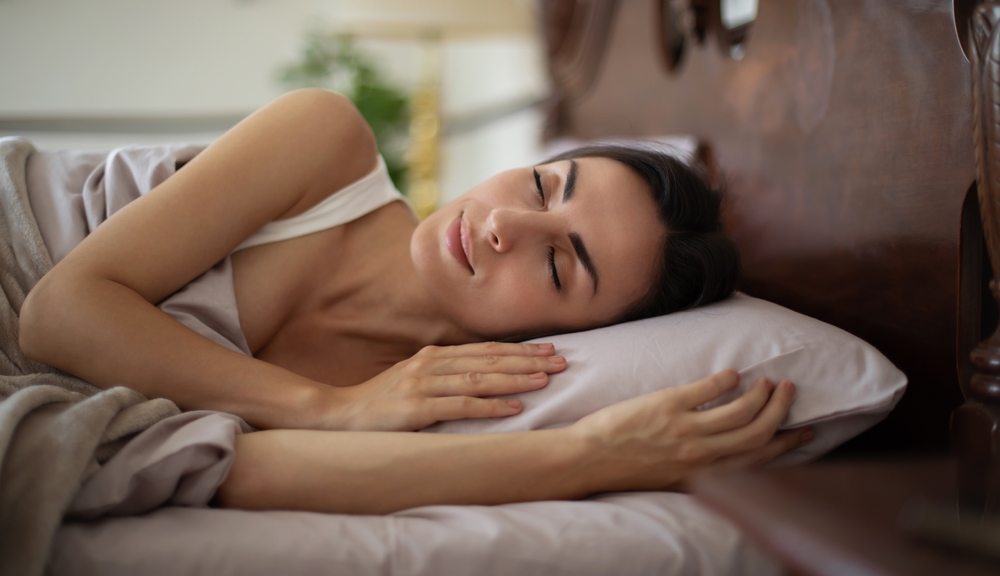Experts say feeling bad after a nap is surprisingly common and may have several causes, from how you sleep to what you’ve eaten.
Others are reading now
Many people expect a nap to be refreshing, but for some, it’s the opposite. Waking up nauseous, dizzy, or with a pounding headache can feel worse than skipping the nap altogether.
Sleep Inertia: The Groggy Culprit
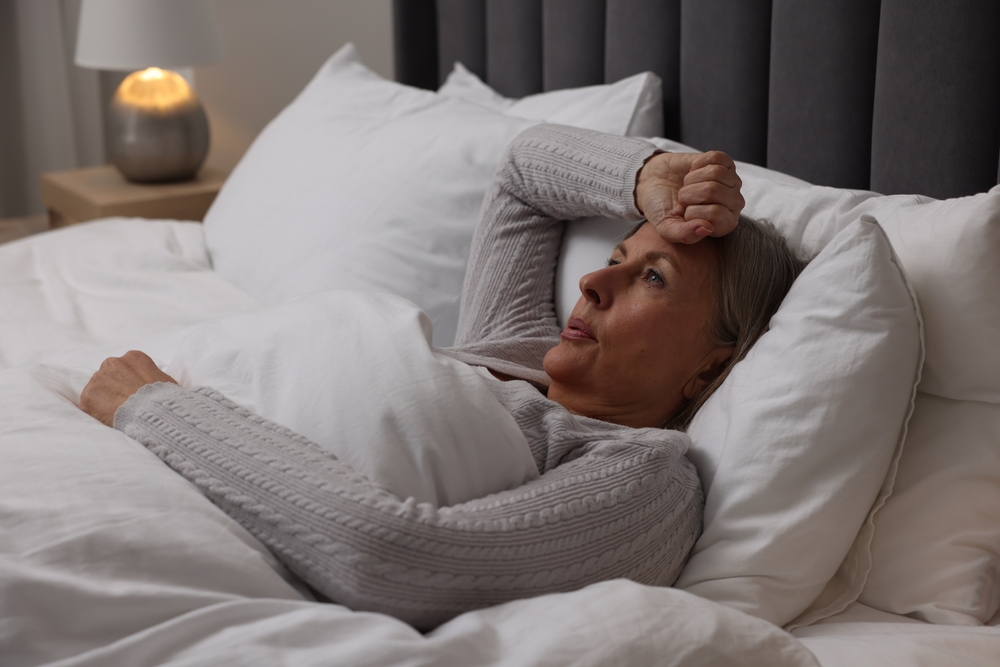
One major reason for post-nap sickness is sleep inertia. This is the foggy, disoriented state you can enter if you wake in the middle of a sleep cycle.
A full cycle lasts around 90 minutes, but most naps interrupt it, leaving you feeling off balance. While mild cases clear in about 20 minutes, severe ones can linger for hours with nausea, dizziness, and even panic-like symptoms.
Why Afternoon Naps Hit Harder
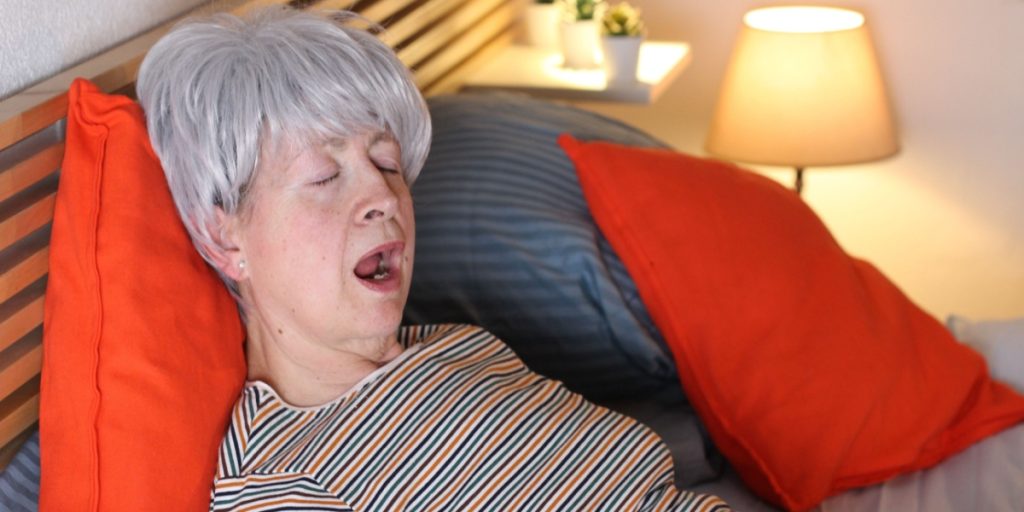
Your circadian rhythm – your body’s internal clock, expects sleep at night, not in the middle of the day. That’s why morning grogginess fades quickly, but post-nap haze can stick around.
If you have insomnia, sleep apnea, or chronic sleep deprivation, you’re more likely to feel these symptoms intensely.
Stomach Troubles After Snoozing
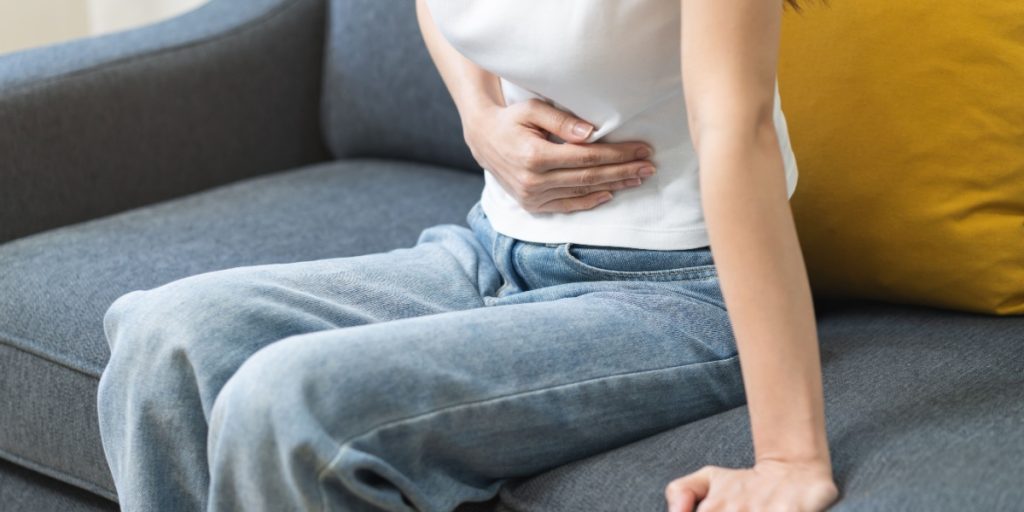
Also read
Acid reflux is another common nap spoiler.
Lying down after a meal makes it easier for stomach acid to creep up into the esophagus, causing nausea, dizziness, and chest discomfort. Fatty, fried, dairy-heavy, or high-fiber meals can make it worse, especially if you nap soon after eating.
The Role of Timing and Diet
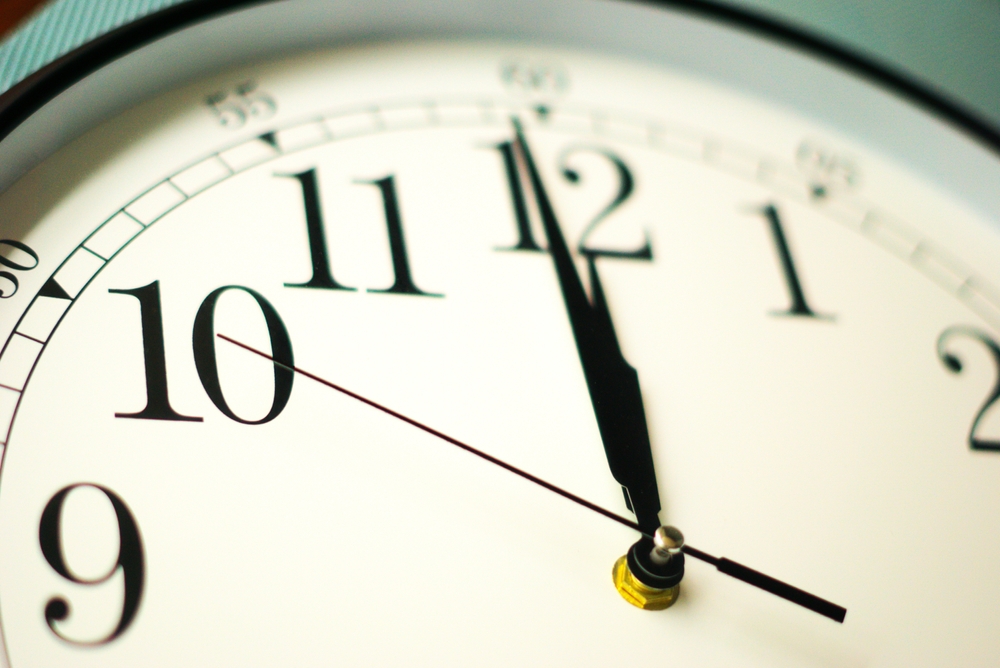
To reduce reflux risk, doctors suggest waiting three to four hours after eating before lying down. If that’s not realistic, opt for lighter meals and avoid spicy or acidic foods before napping.
Propping yourself up with pillows can also help gravity keep stomach acid where it belongs.
Other Hidden Causes
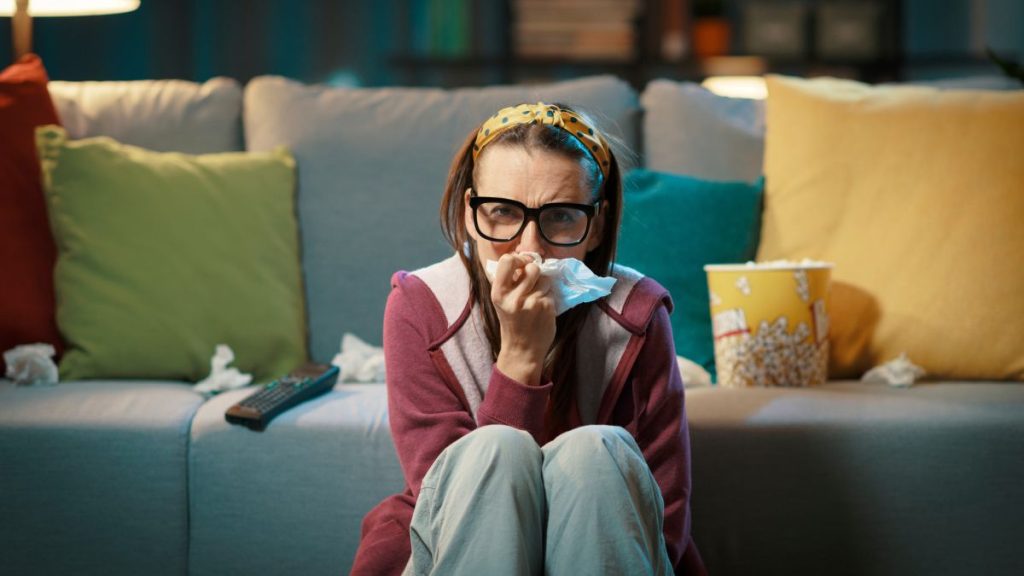
Not all post-nap sickness is about sleep stages or digestion. Dehydration, low blood sugar, and conditions like sleep apnea can also trigger headaches, nausea, or dizziness.
Also read
In rarer cases, issues such as benign positional vertigo or dysautonomia, a problem with regulating heart rate and blood pressure, could be at play.
Short Naps Are Safer
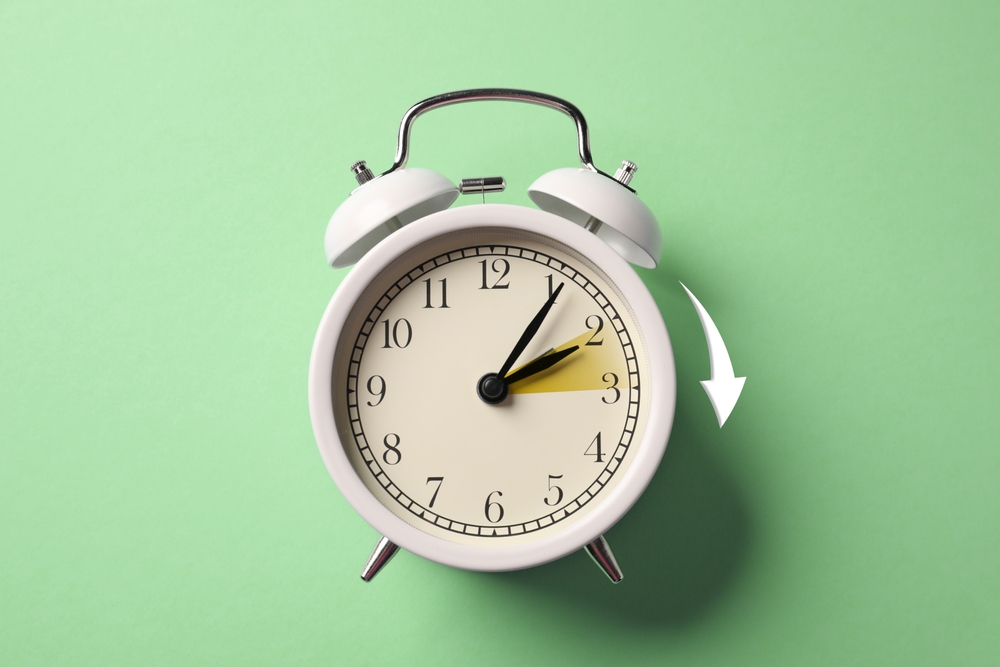
Experts agree: the “sweet spot” for a nap is about 20 minutes. That’s short enough to avoid deep sleep but long enough for a quick recharge.
If you need more rest, aim for a full 90 minutes to complete a full sleep cycle. Anything in between risks waking up mid-cycle and feeling worse.
How to Nap Without the Nausea
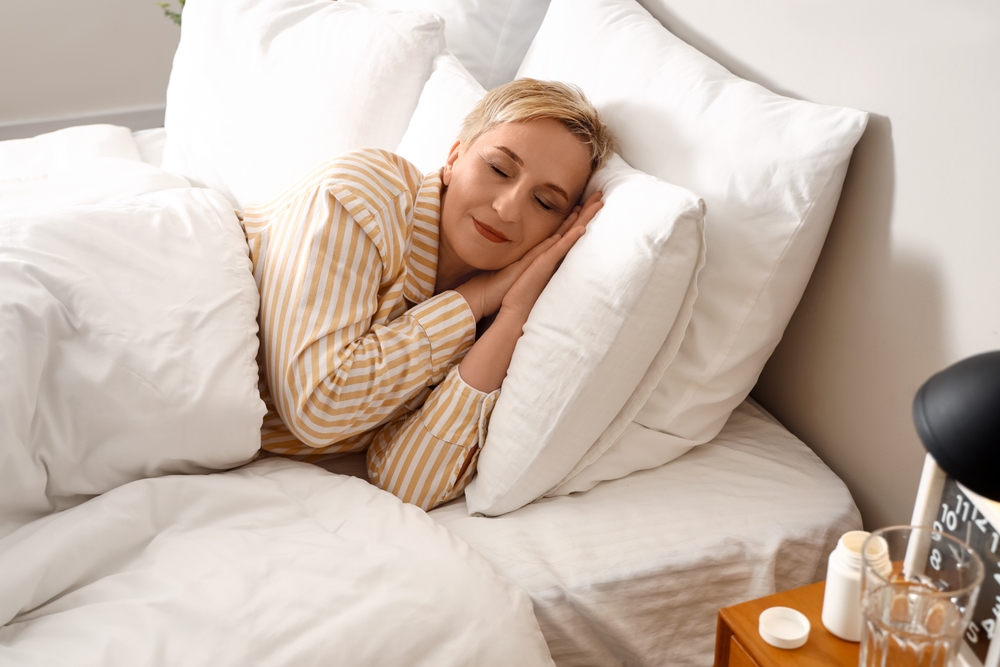
To reduce the risk of post-nap symptoms, keep naps short, nap earlier in the day, and maintain a consistent night-time sleep routine.
Avoid screens before bed, and wind down with quiet activities like reading or meditation. These habits can help you rely less on daytime sleep.
Over-the-Counter and Medical Help

Also read
If reflux is the culprit, antacids may offer quick relief. Persistent discomfort, however, should be checked by a doctor, who can recommend stronger medications or rule out other conditions like ulcers or esophagitis.
For ongoing grogginess, a sleep study might reveal underlying issues.
Learning to Love Naps Again
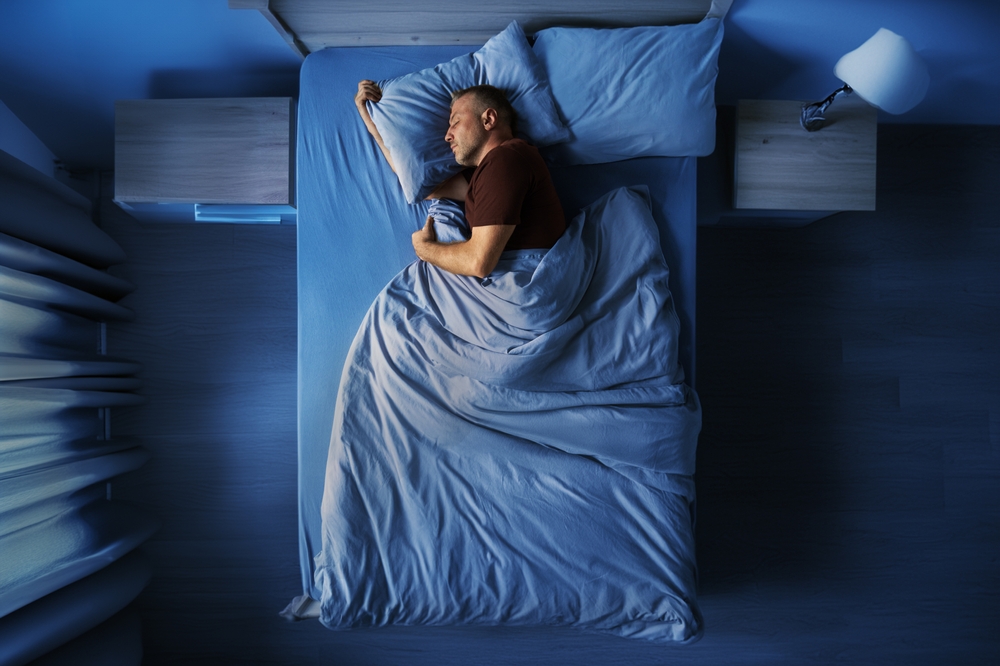
With small adjustments lighter meals, strategic timing, a little pillow elevation, even a chronic post-nap sufferer can enjoy rest without regret.
As one nap skeptic discovered, a well-planned 20-minute snooze can leave you feeling refreshed, clear-headed, and even happy.
This article is made and published by Edith Hejberg, who may have used AI in the preparation

